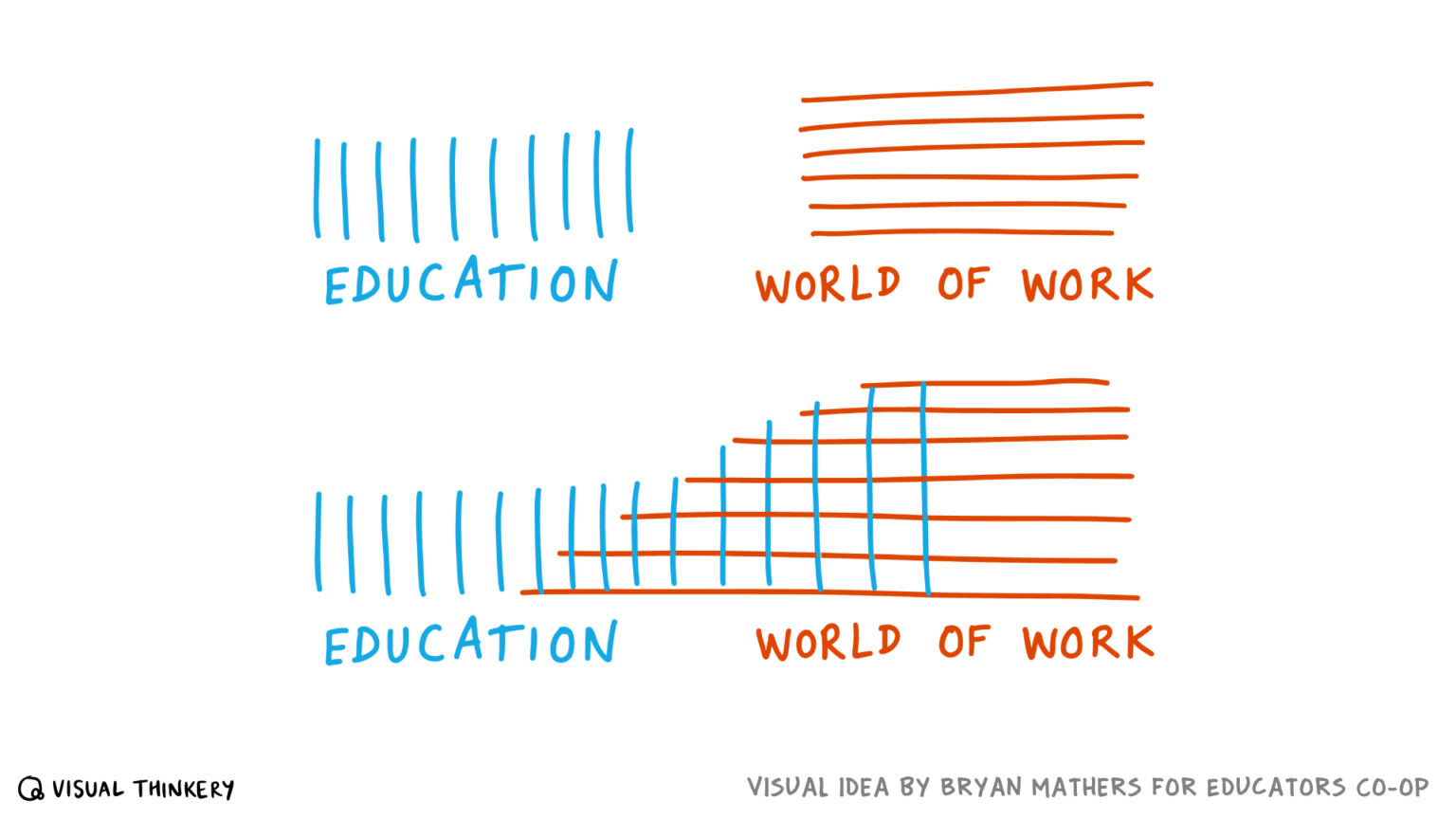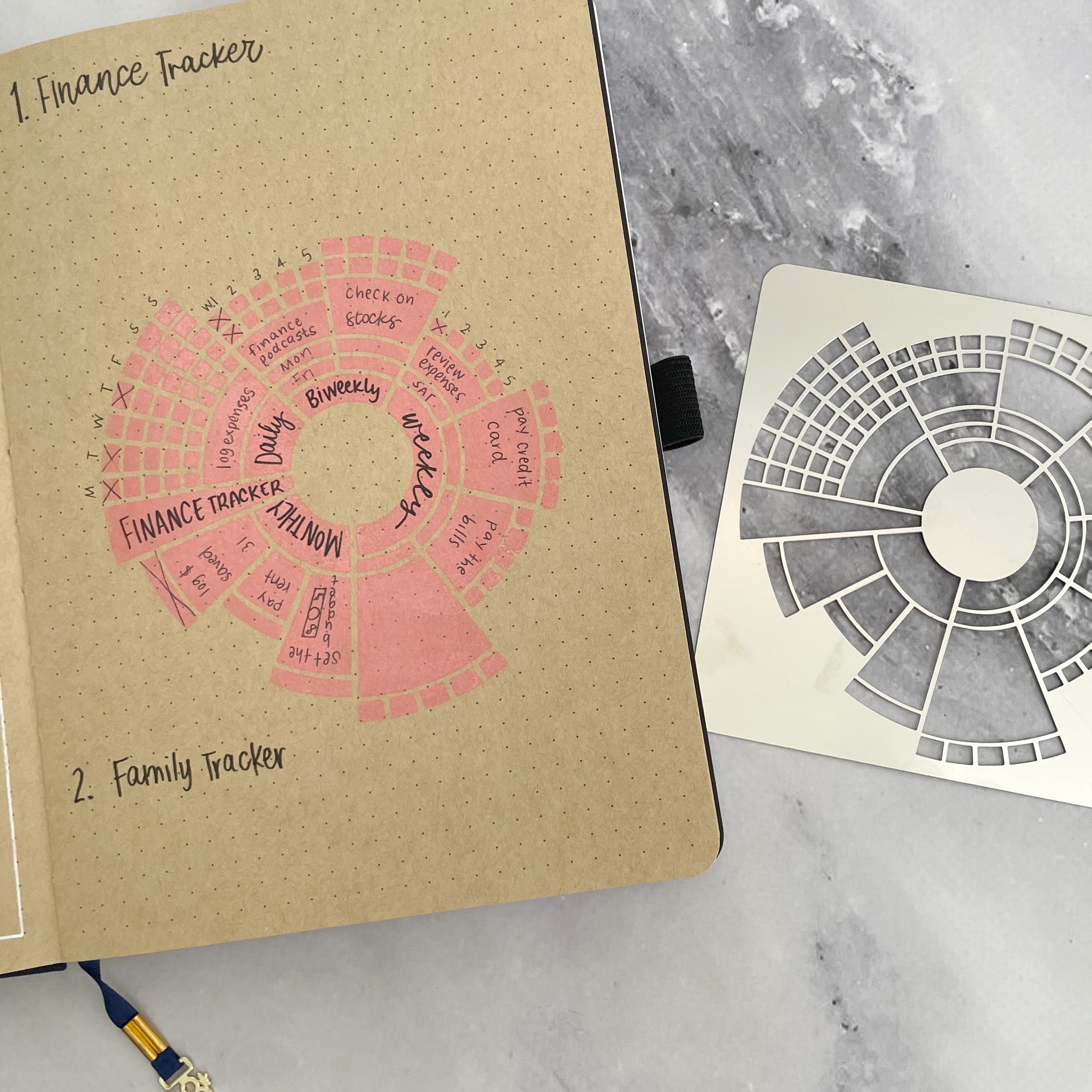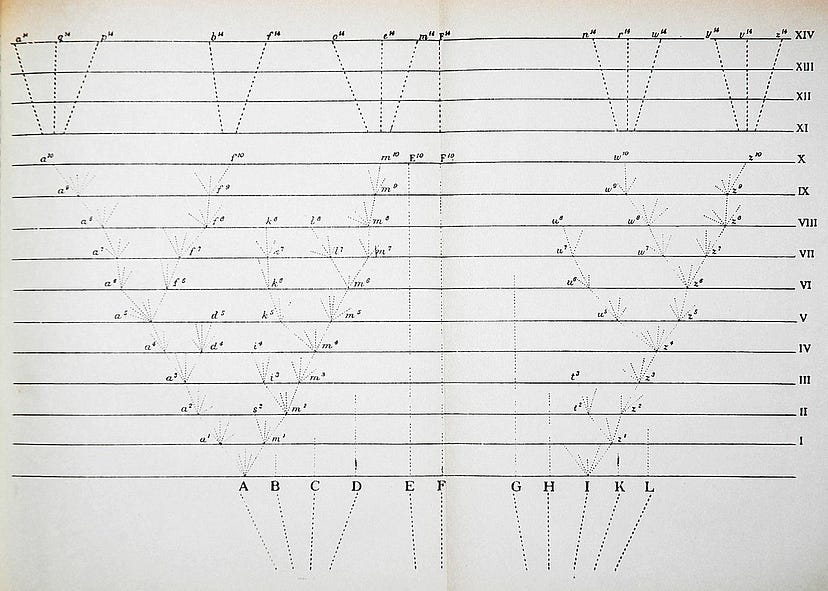it illustrates what wicked problems look like. So it comes from the World Economic uh global risk report from 2020. And what you see here, this is a perception of global risks from the people that that respond to a survey sent out by the World Economic Forum. You can see that in the middle there is climate action failure
for - example - wicked problem graph visualization - World Economic Forum


